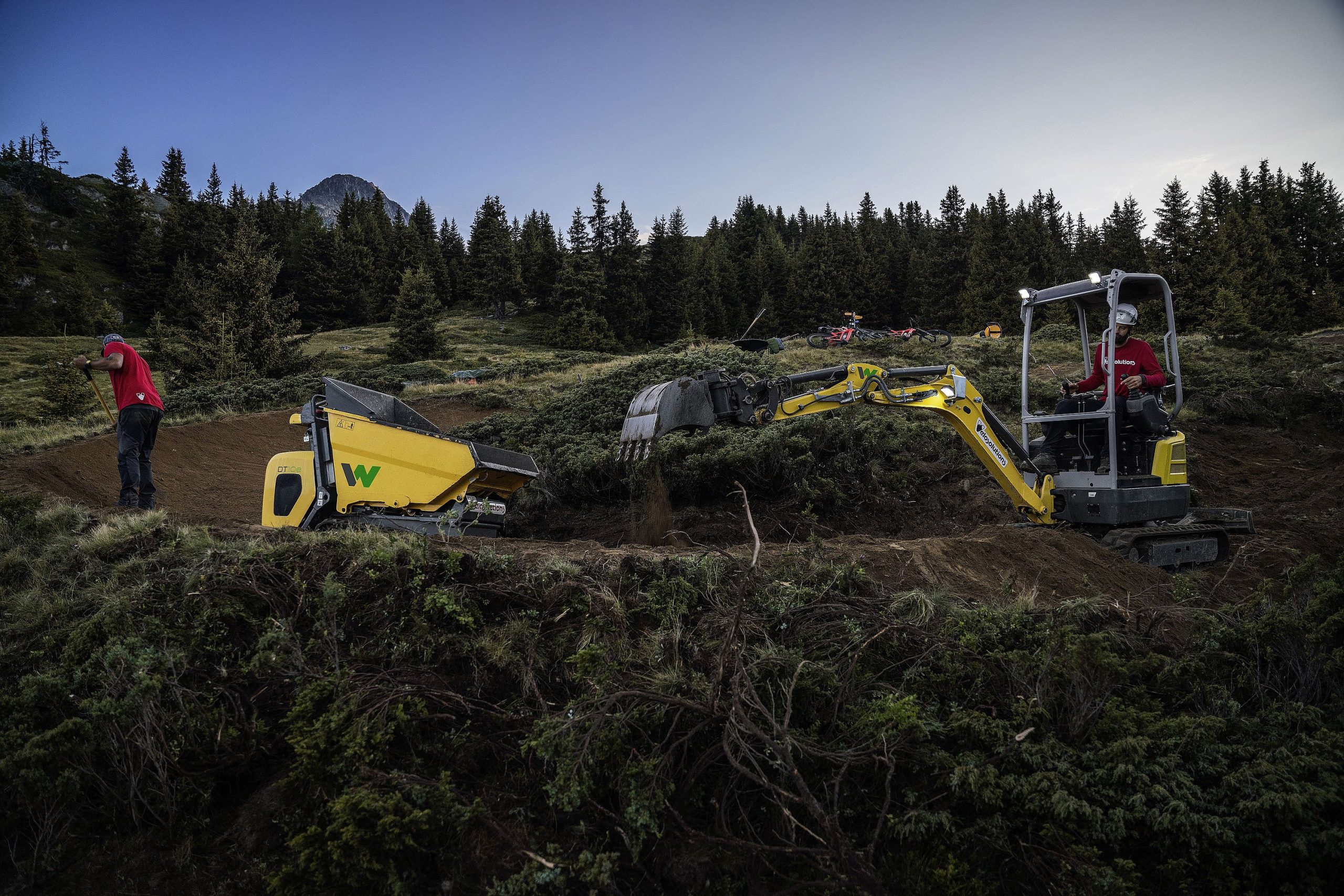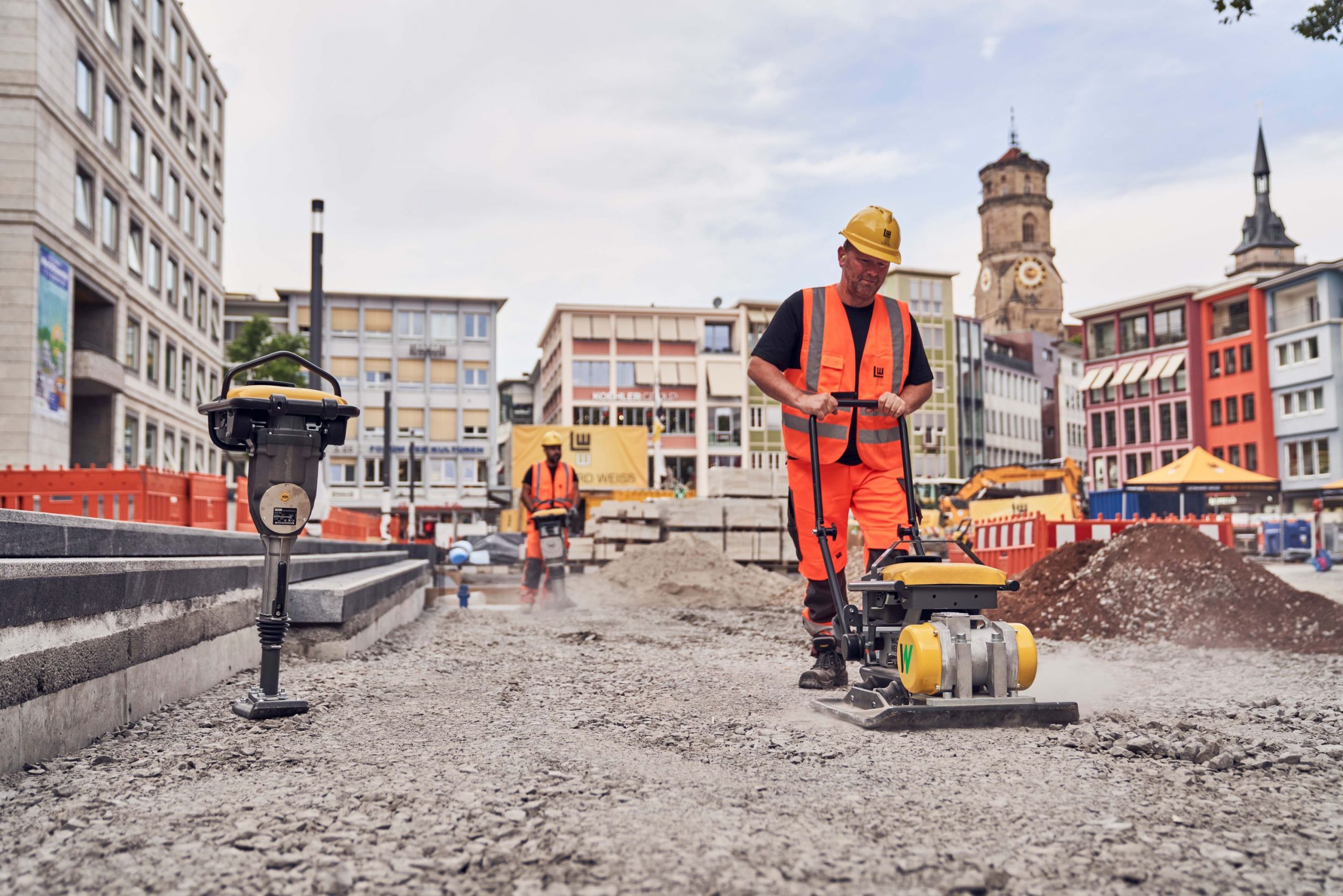Players in the construction industry must increasingly deal with new rules and regulations and stricter specifications for exhaust fumes and noise emissions when it comes to tenders. In addition, subsidies and advantages applicable to public tenders for the application of emission-free construction machines should be driving forces for fewer CO2 emissions in city centers.
Legal situation in Europe
Since the end of the 1990s, there is in place the European directive 97/68/EC (and its revisions) to minimize the pollutant emissions of mobile devices and machines. The European directives were once again tightened in mid-2016. At that time, the European Council adopted the exhaust emission regulation stage V. Since that year, for construction machines, this means one thing in particular – they must comply with exhaust threshhold values and are allowed to emit fewer particles. For this reason, many older machines must be retrofitted with diesel particulate filters, the new ones fitted with the appropriate engines and technologies. This resulted in a significant decrease in the overall mass of particulate matter (pm). Modern exhaust treatment has also led to a decline in total pollutant emissions: emissions from conventional construction machines have been reduced by approximately 95 percent in the last 15 years. Moreover, alternative drives today come increasingly more into focus; in particular, the role of electric construction machines is not to be underestimated.
zero emission – an issue worldwide
Some countries worldwide go a step further. There, sustainability is frequently a component of tenders. In Australia, for example, legislation was tightened. In the Netherlands and in Scandinavian countries as well, it is important that at least parts of a construction site are operated by electrically operated machines and equipment and construction companies that offer noise and emissions-free products are sometimes even considered preferable. Norway has particularly ambitious goals in this context, wanting to reduce 99 percent of the emissions of 420,000 metric tons of CO2 annually on the construction site. This should be successful due to the application of electrified construction machines, among others. As of 2022, mineral oil, gasoline and diesel will thus be banned by law. A green guideline will be made available to industry players as an orientation to help them do so. In Germany, BG Bau (the German Builder’s Union) encourages the acquisition of emission-free and and thus particularly user-friendly compaction equipment that works free of emissions, which are applied in confined spaces such as, for example, trenches, within the framework of occupational safety premiums. This also includes all three battery-powered rammers and the three battery-powered vibratory plates by Wacker Neuson.
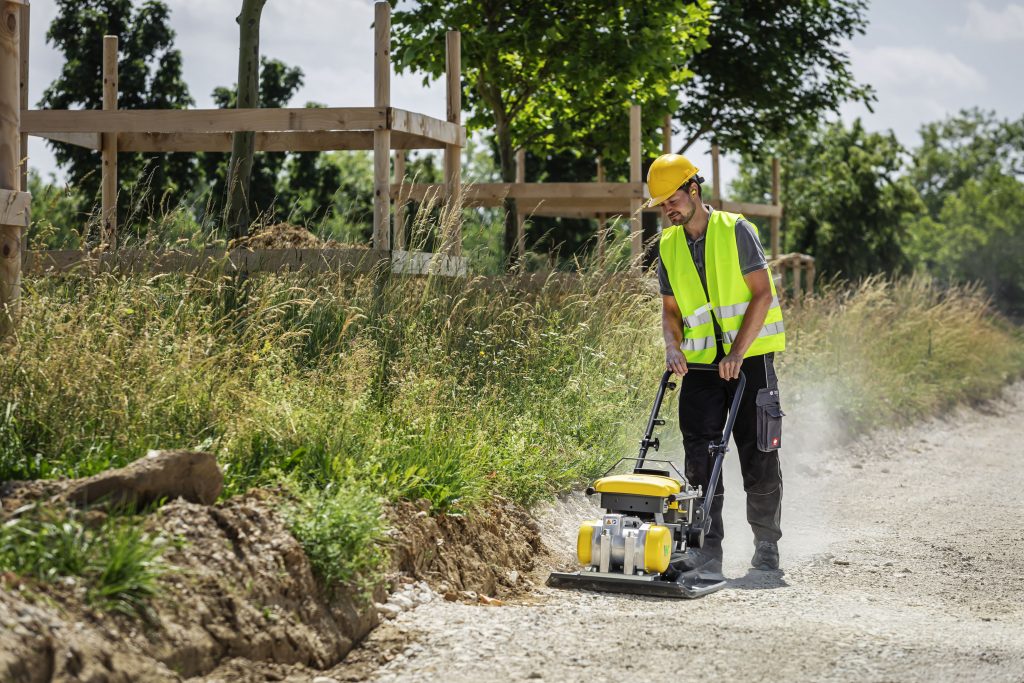
The drive of the future
In the future, it will become apparent which drive makes sense for which application. This will probably result in a mix of alternative drive systems and the efficient diesel engine. Wacker Neuson, too, is working on various alternatives, such as, for example, electric drives, hybrid drives and synthetic fuels. At the same time, there will certainly continue to be applications in the construction industry where efficient conventional machines are more suitable than battery-powered solutions, particularly for reasons of cost efficiency.
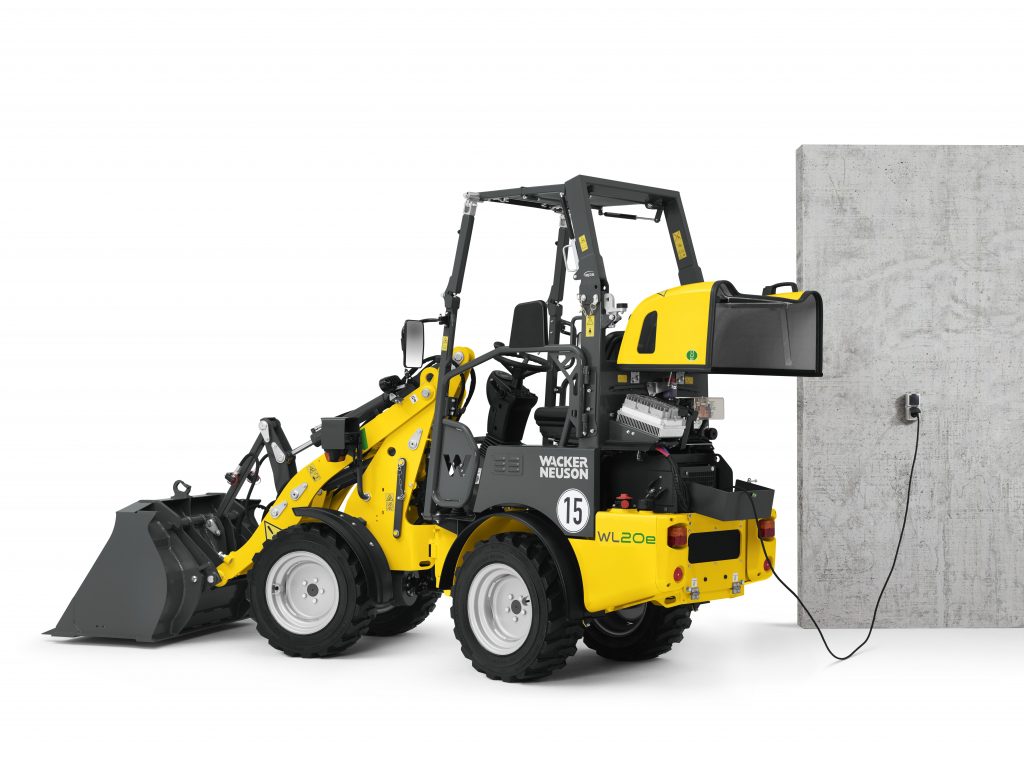
Wacker Neuson is working on various alternatives to diesel engines, such as, for example, electric drives…
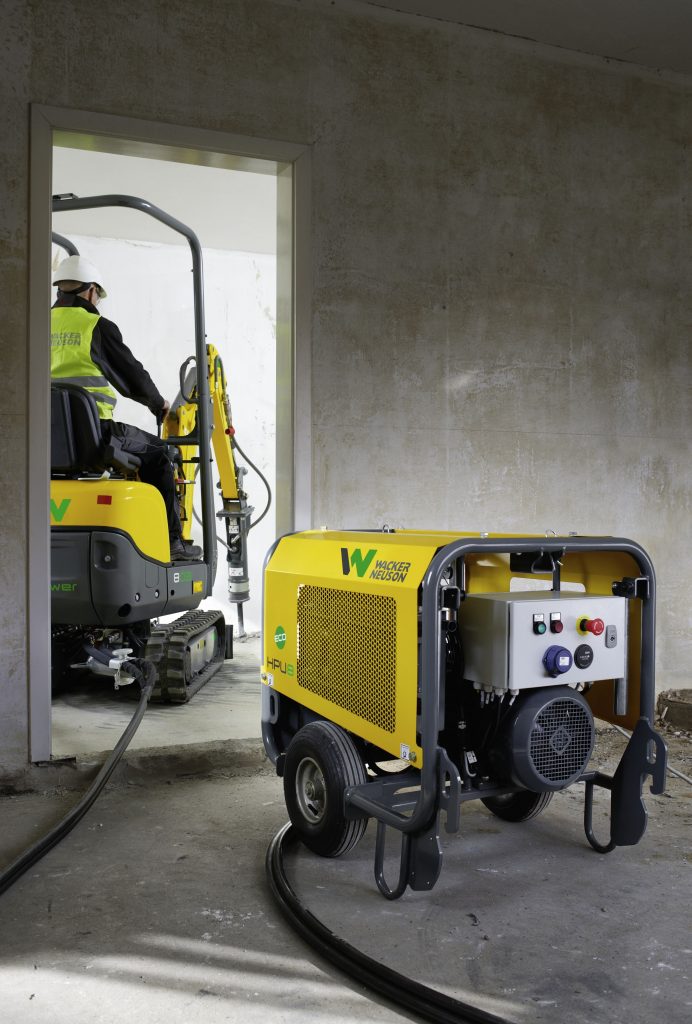
… or hybrid drives, as in the case of the excavator 803 dual power with an external power unit, as well as synthetic fuels.
Wacker Neuson is proud to be a global brand. Products and services vary from country to country and may not be available in your local market.
We would be pleased if you share our article or leave us a comment!



